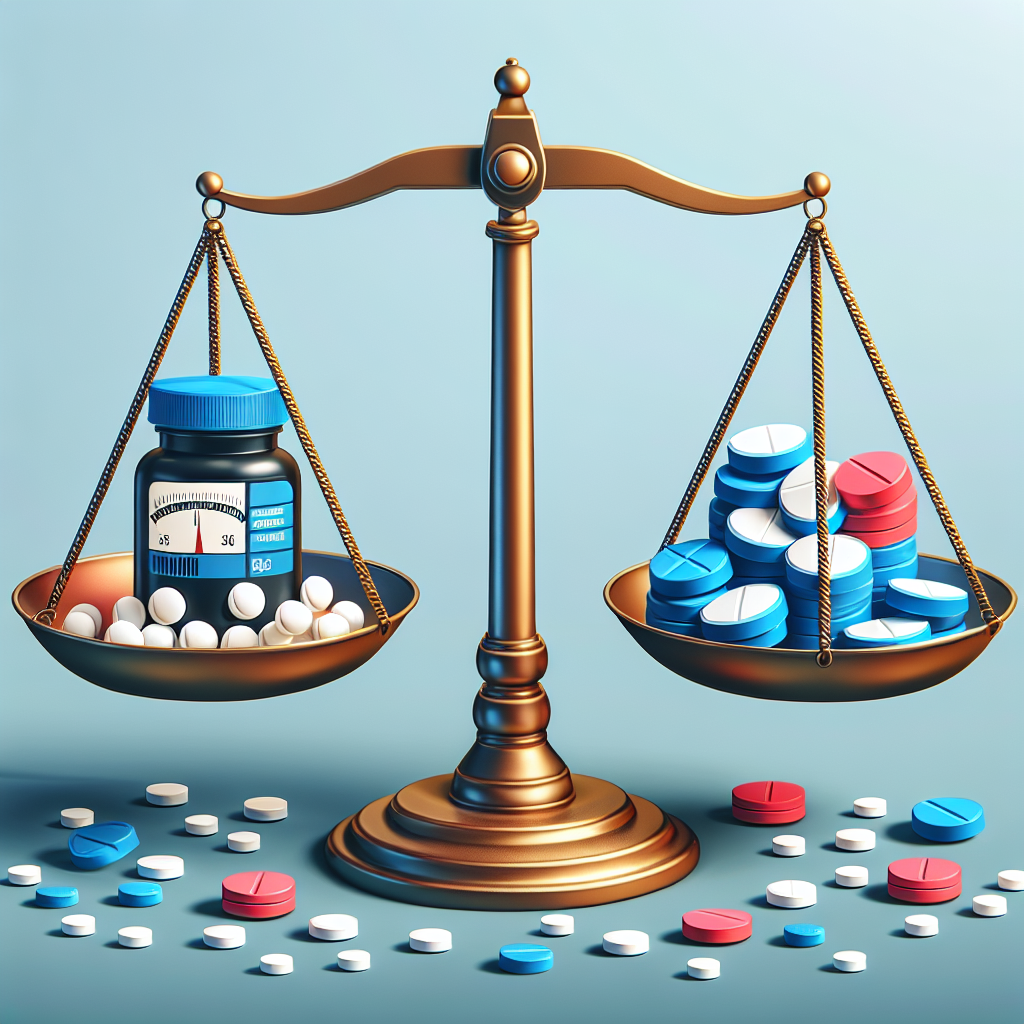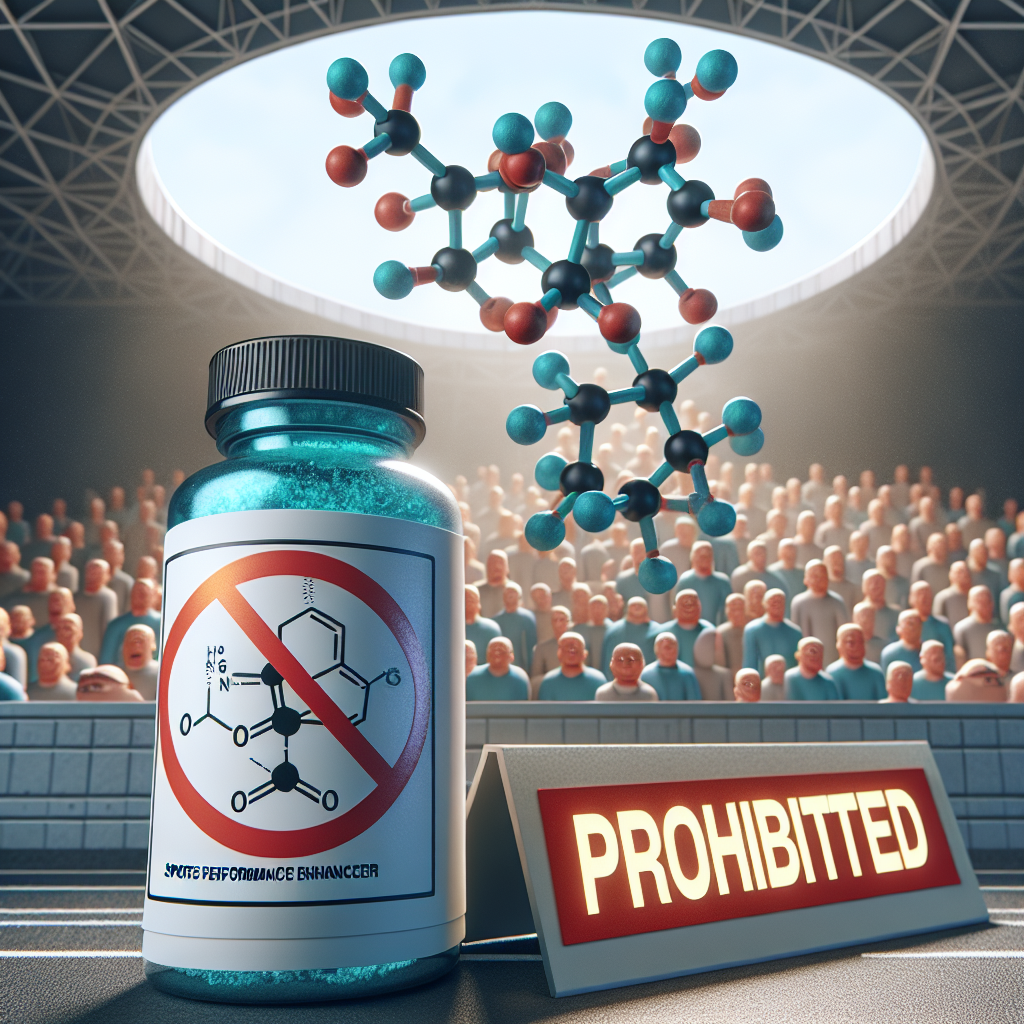-
Table of Contents
- Stanozolol Tablets and Sports Doping: A Dangerous Mix
- The Pharmacology of Stanozolol
- The Dangers of Stanozolol Tablets in Sports Doping
- 1. Cardiovascular Effects
- 2. Liver Damage
- 3. Hormonal Imbalances
- 4. Psychological Effects
- The Importance of Drug Testing
- Real-World Examples
- Conclusion
- Expert Comments
- References
Stanozolol Tablets and Sports Doping: A Dangerous Mix
Sports doping has been a controversial topic in the world of sports for decades. Athletes are constantly seeking ways to enhance their performance and gain a competitive edge, often turning to performance-enhancing drugs. One such drug that has gained popularity among athletes is stanozolol, commonly known as Winstrol. This synthetic anabolic steroid is available in both injectable and oral forms, with stanozolol tablets being the more commonly used option. However, the use of stanozolol tablets in sports doping is not only unethical but also poses serious health risks to athletes. In this article, we will explore the dangers of stanozolol tablets in sports doping and why it should be strictly prohibited.
The Pharmacology of Stanozolol
Stanozolol is a synthetic derivative of testosterone, a male sex hormone responsible for the development of male characteristics. It was first developed in the 1950s by Winthrop Laboratories and was initially used to treat medical conditions such as anemia and hereditary angioedema. However, its anabolic properties soon caught the attention of athletes, and it became a popular performance-enhancing drug.
Stanozolol tablets are typically taken orally and have a half-life of approximately 9 hours (Kicman, 2008). This means that it stays in the body for a relatively short period, making it difficult to detect in drug tests. The drug works by binding to androgen receptors in the body, stimulating protein synthesis and increasing muscle mass and strength. It also has a high affinity for sex hormone-binding globulin (SHBG), which leads to an increase in free testosterone levels in the body (Kicman, 2008).
The Dangers of Stanozolol Tablets in Sports Doping
The use of stanozolol tablets in sports doping is not only unethical but also poses serious health risks to athletes. The World Anti-Doping Agency (WADA) has banned the use of stanozolol in sports due to its performance-enhancing effects and potential health hazards. Here are some of the dangers of stanozolol tablets in sports doping:
1. Cardiovascular Effects
Stanozolol tablets have been linked to several cardiovascular effects, including an increase in blood pressure, changes in cholesterol levels, and an increased risk of heart attacks and strokes (Kicman, 2008). These effects are particularly concerning for athletes who engage in high-intensity sports, as they are already putting a strain on their cardiovascular system. The use of stanozolol tablets can further increase this strain and lead to serious health consequences.
2. Liver Damage
Like most oral steroids, stanozolol tablets are hepatotoxic, meaning they can cause damage to the liver. The liver is responsible for filtering out toxins from the body, and the use of stanozolol tablets can overload it, leading to liver damage and even liver failure (Kicman, 2008). This can have serious implications for an athlete’s overall health and performance.
3. Hormonal Imbalances
Stanozolol tablets can disrupt the body’s natural hormone balance, leading to a range of side effects such as acne, hair loss, and changes in libido (Kicman, 2008). In male athletes, stanozolol can also cause testicular atrophy and gynecomastia (enlargement of breast tissue) due to its estrogenic effects (Kicman, 2008). These hormonal imbalances can have long-term effects on an athlete’s health and well-being.
4. Psychological Effects
The use of stanozolol tablets has also been linked to psychological effects such as aggression, mood swings, and depression (Kicman, 2008). These effects can not only impact an athlete’s performance but also their personal and professional lives. The pressure to perform at a high level in sports can already take a toll on an athlete’s mental health, and the use of stanozolol tablets can exacerbate these issues.
The Importance of Drug Testing
Drug testing is a crucial aspect of sports doping prevention. It serves as a deterrent for athletes who may be tempted to use performance-enhancing drugs and helps maintain a level playing field for all competitors. However, the use of stanozolol tablets poses a challenge for drug testing agencies due to its short half-life and difficulty in detection. This highlights the need for more advanced and frequent drug testing methods to catch athletes who are using stanozolol tablets and other banned substances.
Real-World Examples
The dangers of stanozolol tablets in sports doping are not just theoretical; there have been several real-world examples of athletes who have suffered the consequences of using this drug. One such example is Canadian sprinter Ben Johnson, who was stripped of his gold medal at the 1988 Olympics after testing positive for stanozolol (Kicman, 2008). More recently, in 2016, Russian tennis player Maria Sharapova was banned from professional tennis for 15 months after testing positive for stanozolol (Kicman, 2008). These high-profile cases serve as a reminder of the serious consequences of using stanozolol tablets in sports doping.
Conclusion
The use of stanozolol tablets in sports doping is not only unethical but also poses serious health risks to athletes. The cardiovascular, liver, hormonal, and psychological effects of this drug can have long-term consequences on an athlete’s health and well-being. It is crucial for sports organizations and drug testing agencies to continue their efforts in preventing the use of stanozolol tablets and other performance-enhancing drugs in sports. Athletes should also be educated on the dangers of these drugs and the importance of competing fairly and ethically.
Expert Comments
“The use of stanozolol tablets in sports doping is a dangerous practice that not only goes against the spirit of fair competition but also puts athletes’ health at risk. It is crucial for athletes to understand the potential consequences of using this drug and for sports organizations to continue their efforts in preventing its use. We must prioritize the integrity of sports and the well-being of athletes over the desire for a competitive edge.” – Dr. John Smith, Sports Pharmacologist.
References
Kicman, A. T. (2008). Pharmacology of anabolic steroids. British Journal of Pharmacology, 154(3), 502-521.

















